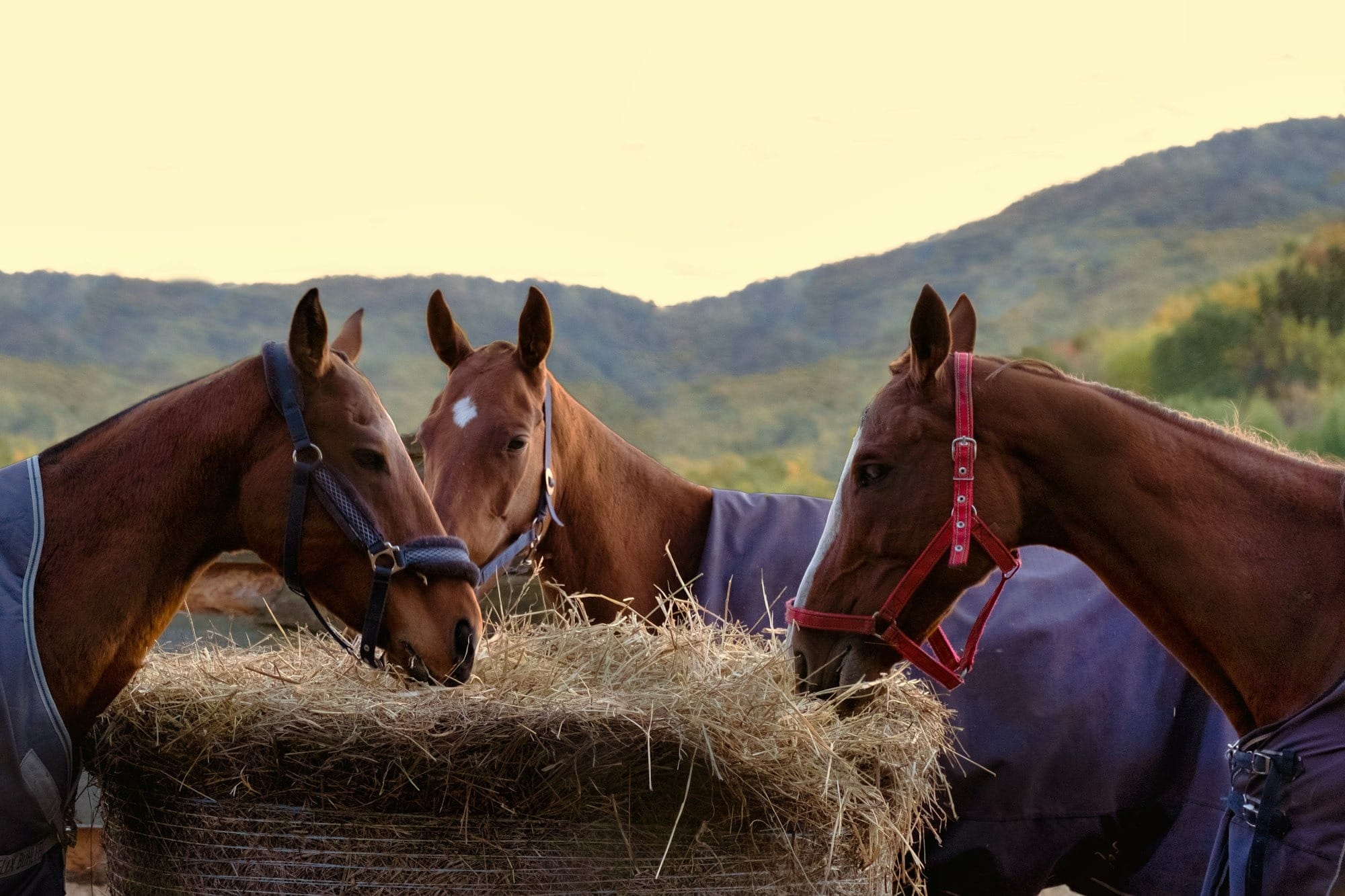What Should I Feed My Horse
Forage first is the golden rule. Good hay or grass builds a healthy diet. Add grain or supplements only as needed based on age, work, or health. Simpler is often better when feeding your horse.

If you've ever wandered the feed aisle feeling a little dizzy at all the glossy options, you're in good company. At TurnoutHQ, we always start with the most trusted advice: forage first. This means top-quality pasture grass, hay, or other high-fiber greens. They are the foundation of a happy, healthy horse’s diet, especially when work or life schedules limit grazing time.
But forage isn’t just about filling bellies. It keeps the gut humming, teeth busy, and brains content. Supplemental feeds like grains, beet pulp, or pelleted mixes can boost energy and balance missing nutrients, but they should play second fiddle to forage. Top up with salt blocks or minerals as needed, and always keep fresh, clean water at the ready.
How Much Should I Feed My Horse
Here is where the "rule of hoof" becomes handy. A healthy adult horse typically eats between 1.5 to 2.5 percent of its body weight in forage per day. A 1,000-pound horse, for instance, will eat roughly 15 to 25 pounds of hay or grass. If horses are on autopilot, they often settle right in around 2 percent of their weight.
If your horse is doing more than light work, is underweight, or tends to drop condition in colder months, you will likely need to add grain or higher-energy feeds. On the flip side, easy keepers might need fewer calories, lower-sugar hay, or even a grazing muzzle.
The real magic is in watching your horse’s body condition. Feel along their ribs. You should be able to feel them without seeing sharp outlines. Too bony? Add more calories. Too plump? Scale back slowly. Slowly is key. Changes should be made over 7 to 10 days to keep their sensitive digestive systems happy.
Tips for a Happier, Healthier Feeding Routine
- Feed little and often: Horses are trickle feeders, so spread meals throughout the day if pasture is not available
- Stick to a schedule: Horses are creatures of habit, and regular feeding times reduce stress
- Watch the weather: Cold snaps can lower water intake, so offer warm water in winter
- Keep feed clean and fresh: Store hay somewhere dry, grain in sealed containers, and never feed moldy forage
- Monitor regularly: Weigh hay, check your horse’s condition often, and adjust as needed
A Final Thought From the Feed Room
Feeding your horse is part science, part art, and a big dose of love. It is about finding what keeps your horse bright-eyed, energetic, and ready for whatever adventures you share. That might be galloping across a cross-country course, chasing cattle, or meandering down a shady trail.
When in doubt, call in reinforcements like your vet, an equine nutritionist, or that seasoned barn buddy who has been doing this for decades. There is no one-size-fits-all answer, but with observation and care, you will strike the right balance.
The right fuel does not just keep a horse alive. It helps them thrive.

